How To Get Animoji On Iphone 7
iPhone 11 vs iPhone 8 Plus: Which is for you?
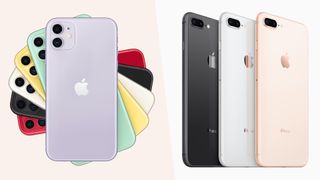
The iPhone 11 vs the iPhone 8 Plus is a topic many are pondering right now. The recent release of the iPhone 12 and iPhone 12 Pro have changed the iPhone pecking order – in particular, the iPhone 11 received a price cut and moved down the range, with the new iPhone's coming in above.
That makes it more of a budget handset now, but there are even cheaper iPhone options, including the iPhone 8 Plus, which is roughly the same size as the iPhone 11, yet offers a different screen, design and camera proposition.
If you're looking at these and the price difference between them, allow us to explain exactly what you're getting from each, including detailed explanations of the screen quality, camera performance and key tech specs. For more phone options, also see our best smartphones and best camera phones roundups. And if you're looking to bag yourself a bargain, then check out our round up of the best Verizon phone deals available now.
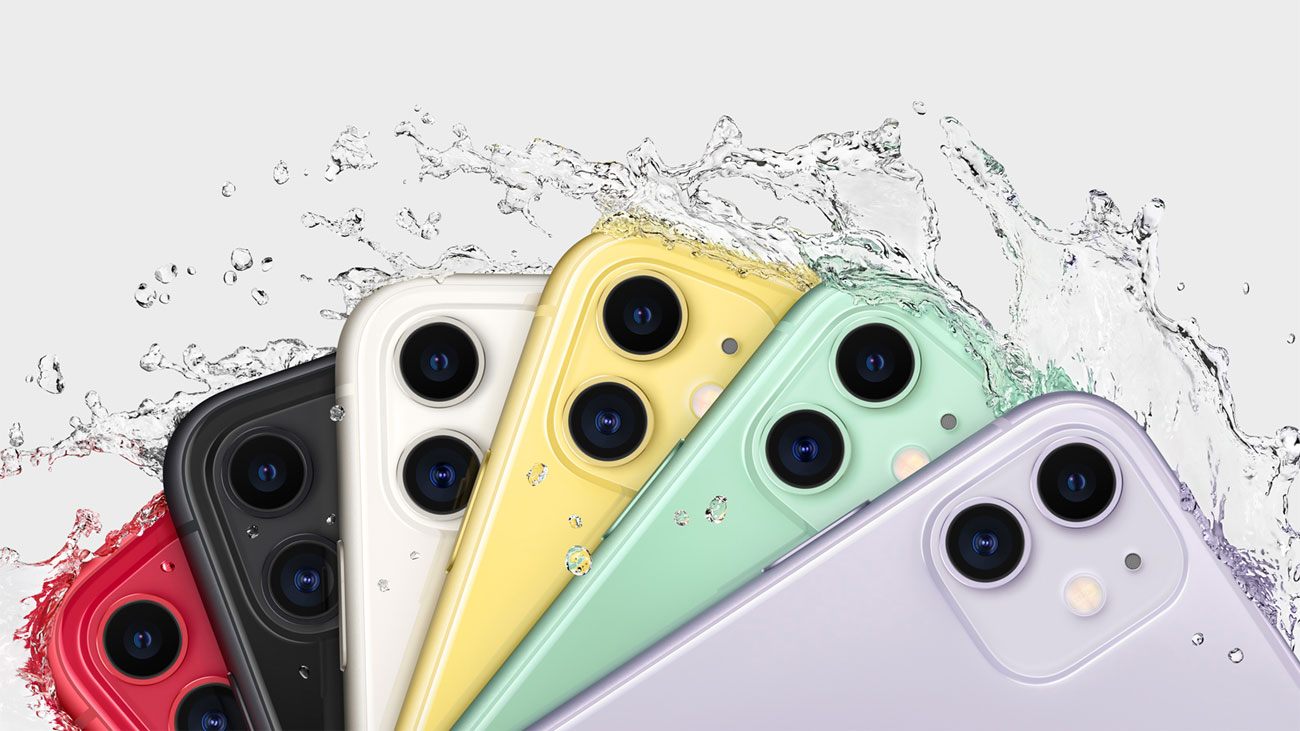
iPhone 11 vs iPhone 8 Plus: Design
These two phones represent the evolution of the iPhone quite neatly. The iPhone 8 Plus is the old style that endured for a decade, with chunky bezels above and below the screen, which include the Home button (with Touch ID fingerprint recognition).
The iPhone 11 is the new-style design, with the screen filling the front, save for the notch at the top that includes the Face ID facial security system.
This means that even though the iPhone 11 is slightly smaller and lighter than the iPhone 8 Plus, it has a significantly larger screen, making more use of that real estate.
Beyond this, you'll notice a lot of similarities between the devices – an all-glass front, aluminium sides, and an all-glass back. The iPhone 11 has a square camera bump in the style matched by the iPhone 11 Pro, iPhone 12 and iPhone 12 Pro; the iPhone 8 Plus has a little lozenge of a camera system on the back.
We mentioned the two security system types – in the past, we'd say the convenience of Face ID made it overall superior to Touch ID, but it doesn't deal very well with masks, so recent events have made Touch ID perhaps more preferable. That said, we wouldn't make it the primary reason to choose one phone over another.
The iPhone 11 comes in black, white, red, green, yellow and purple finishes. The iPhone 8 Plus comes in black, white and gold finishes.
The iPhone 11 is a little more waterproofed, so is more likely to survive accidental dunks in the bath; similarly, it has slightly tougher glass, so is more likely to survive accidental trips to the floor without shattering.
iPhone 11 vs iPhone 8 Plus: Display
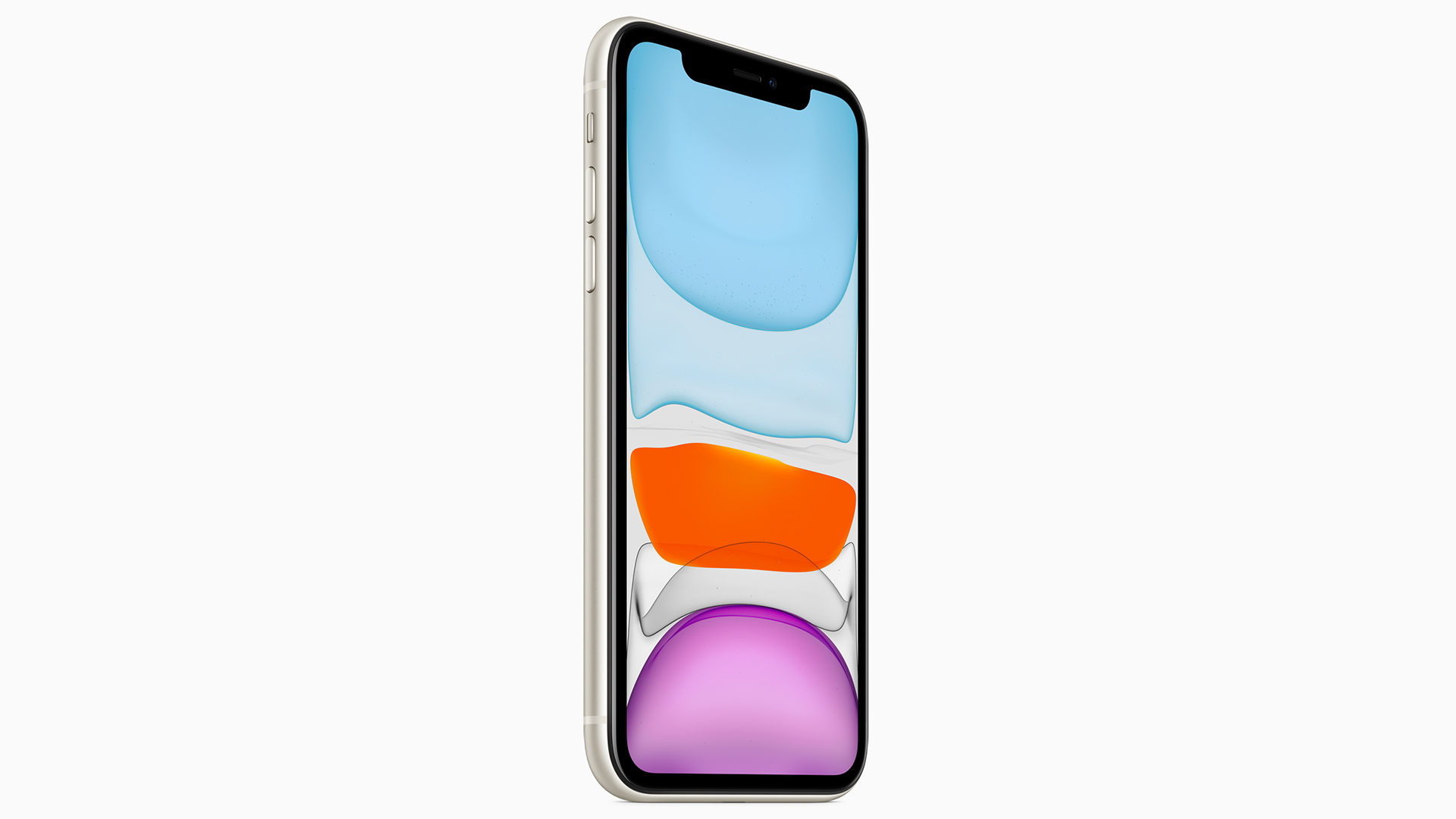
The display on these phones is a matter of size versus detail. The iPhone 11 has a 6.1-inch screen, filling the front of the phone's body, and providing more usable space in apps. The iPhone 8 Plus has a 5.5-inch screen, which isn't especially big by today's standards.
However, the iPhone 11's resolution is 1,792 x 828 with a pixel density of 326ppi, while the iPhone 8 Plus' resolution is 1,920 x 1,080 with a pixel density of 401ppi. So the iPhone 8 Plus offers more pixels, and being in a smaller space makes the screen noticeably sharper.
The iPhone 8 Plus also offers a full 16:9 Full HD display, so is particularly well-suited for watching videos. The iPhone 11's screen is 19.5:9, which is more widescreen (when in landscape) than the 8 Plus, which means 16:9 video doesn't quite fill it. This is not a problem – it's just not making the most of the screen, the way the 8 Plus does. That said, some Netflix content is 18:9, so the iPhone 11 does come into its own there, even if the resolution remains partway between 720p and 1080p.
Beyond that, the displays are very similar. Both are LCD displays rated for 612 nits of brightness, with support for the P3 colour gamut, and Apple's True Tone tech for adjusting the colour temperature to reduce eye strain.
The iPhone 11 is rated for marginally better contrast – 1,400:1 compared to the iPhone 8 Plus' 1,300:1.
iPhone 11 vs iPhone 8 Plus: Battery life
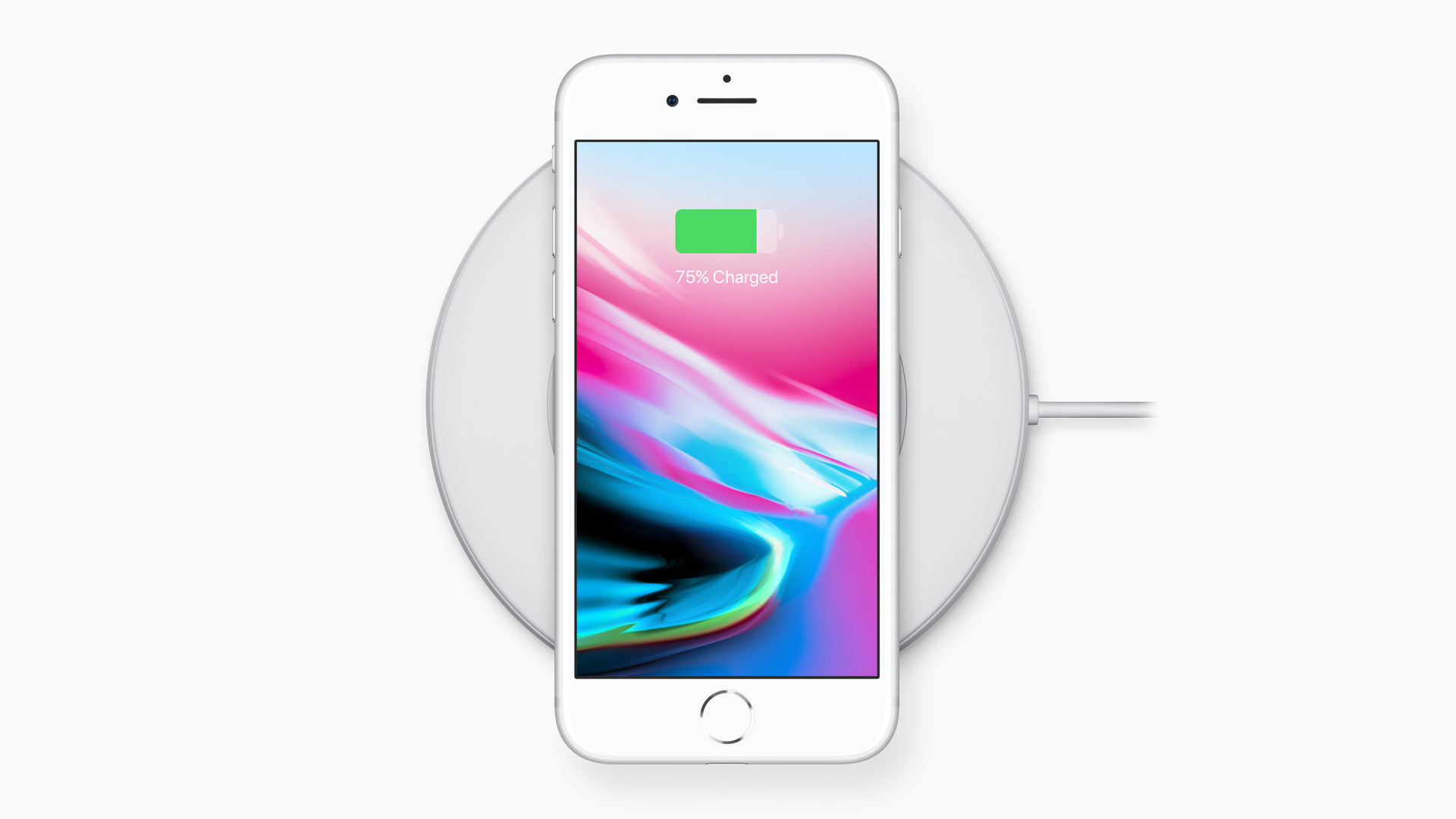
Despite having a larger battery-hungry screen, a smaller body and more powerful processor, the iPhone 11 is actually the winner here. Normally, we'd expect these factors to be a problem, but the iPhone 11 benefits from advances in battery size and energy efficiency in its components to keep going for noticeably longer than the 8 Plus.
The iPhone 8 Plus has a 2,675mAh battery, while the 11 has a 3,110mAh battery, so you're looking at around 20% of extra juice available in the iPhone 11.
Exactly how much extra life that gives you in practice depends on your use – constant hammering of 4G downloads will take a big toll on anything, for example. Apple rates the iPhone 11 for 17 hours of video playback on the iPhone 11, while the iPhone 8 Plus gets 14 hours (roughly matching the 20% battery size difference).
Based on experience with both phones, the iPhone 8 Plus is perfectly capable of lasting a full day of moderate use, but the iPhone 11 will still be going into the next day. Both phones include wireless charging and fast-charging use a cable and higher-power adapter.
iPhone 11 vs iPhone 8 Plus: Camera
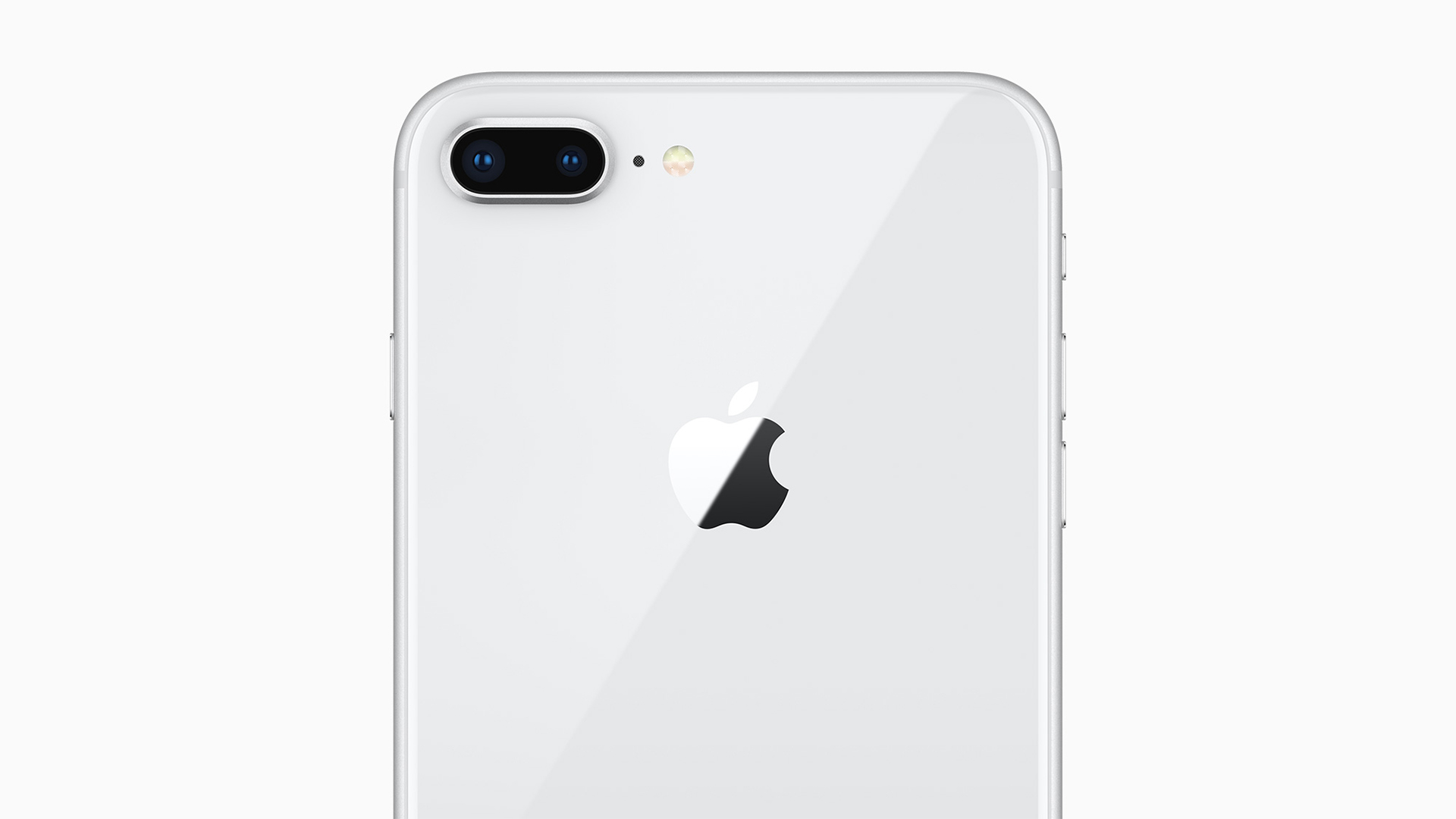
There are three key differences when it comes to camera in these phones: lens choice; component quality; and software.
Let's start with lens choice. Though both these phones have dual cameras, the two systems are different. The iPhone 8 Plus includes a wide-angle camera and a 2x telephoto camera; the iPhone 11 includes a wide-angle camera and a 0.5x ultra-wide camera.
The iPhone 8 Plus' system is built around taking Portrait mode shots – the telephoto lens gives a look much more like what someone with a dedicated camera would take, and the two lenses work in unison to map the scene in 3D, so that a convincing fake depth-of-field effect can be applied around the subject.
The iPhone 11's system is designed around Night mode, which enables takings usable, detailed photos even when there's nowhere near enough light compared to what cameras can normally handle. The iPhone 11 does also take Portrait mode shots, but the different lens length makes them a bit less pro-style, and there's no 3D map for the blur effect, so it's not quite as convincingly applied. It also only work on people and pets, while on the 8 Plus it works on anything.
The iPhone 11's ultra-wide lens, however, offers a totally different way to take certain shots, especially around landscapes and architecture, or to get creative with perspective on closer subjects. The 8 Plus' 2x zoom lens, of course, offers the ability to get in a little closer without losing resolution.
It's two different approaches, so in some ways you can simply make your choice between which approach appeals to you more… but those aren't the only differences.
Let's move onto component quality. With two extra years of development compared to the iPhone 8 Plus, the cameras in the iPhone 11 are simply more capable. The sensors all have the same 12 megapixel resolution in both phones, but they shoot at a higher level of quality in the newer phone.
And that's partly thanks to topic three: software. The iPhone 11 does a lot of more work in the background when you take shots to improve them in the time it takes you to press the shutter, and that makes its shots much better.
Smart HDR does a massively better job of balancing exposures so that contrasty shots don't lose detail in either highlights or shadows, for example. Deep Fusion is a technology to automatically improve sharpness and clarity by taking multiple shots and once and merging the best parts of them. We already mentioned Night mode, which enables you get genuinely great-looking shots in places it wasn't physically possible before.
As a result of all this, the iPhone 11 takes plainly superior photos to the iPhone 8 Plus overall. From levels of detail to the richness and accuracy of colours, it's instantly noticeable.
The iPhone 11 is also better-equipped for video from those rear cameras. Both phones do 4K recording at up to 60fps, but the iPhone 11 includes 'Extended Dynamic Range' which again really helps with exposure and colours in scenes, to make things look more realistic, and to avoid areas of deep shadow or overblown light.
The iPhone 8 Plus' lens setup is actually preferable for video makers – you'll want a zoom a lot more than you will an ultra-wide, usually – but the different in quality again is significant.
When it comes to the forward-facing camera, there's no question that the iPhone 11 is miles in front. It's a 12MP sensor instead of 7MP, and includes the ability to take Portrait mode shots and includes 4K video recording at up to 60fps. The iPhone 8 Plus can do 1080p at 30fps.
iPhone 11 vs iPhone 8 Plus: Performance
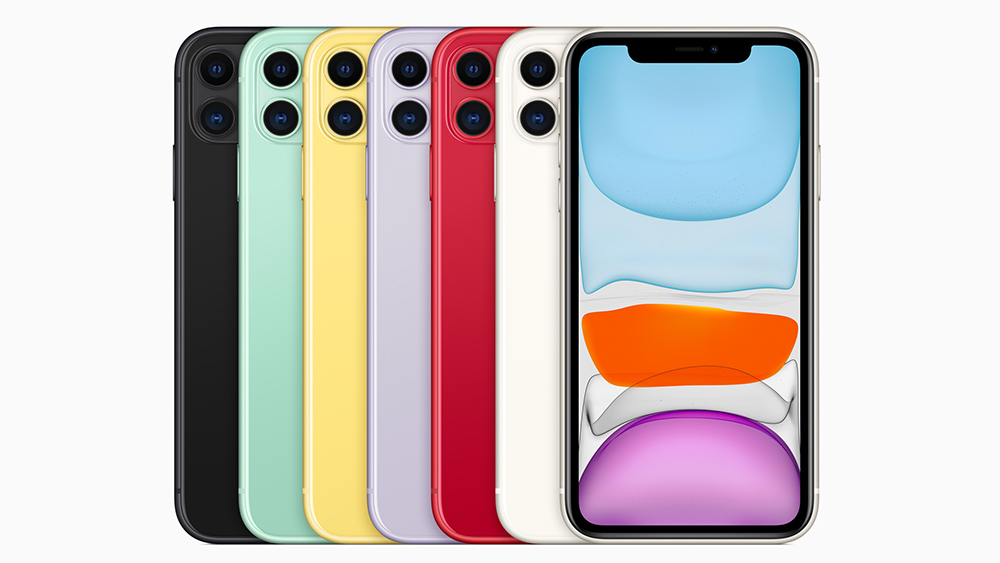
It's another knock-out for the iPhone 11 here. Its Apple A13 processor is hugely improved over the A11 processor in the iPhone 8 Plus. Which isn't to say the 8 Plus feels like using a stuttery old laptop – it's still a very capable device that runs the latest version of iOS and can handle creative apps. But the iPhone 11 is smoother and faster, and is more future-proofed for iOS upgrades and new apps coming down the line.
iPhone 11 vs iPhone 8 Plus: Price
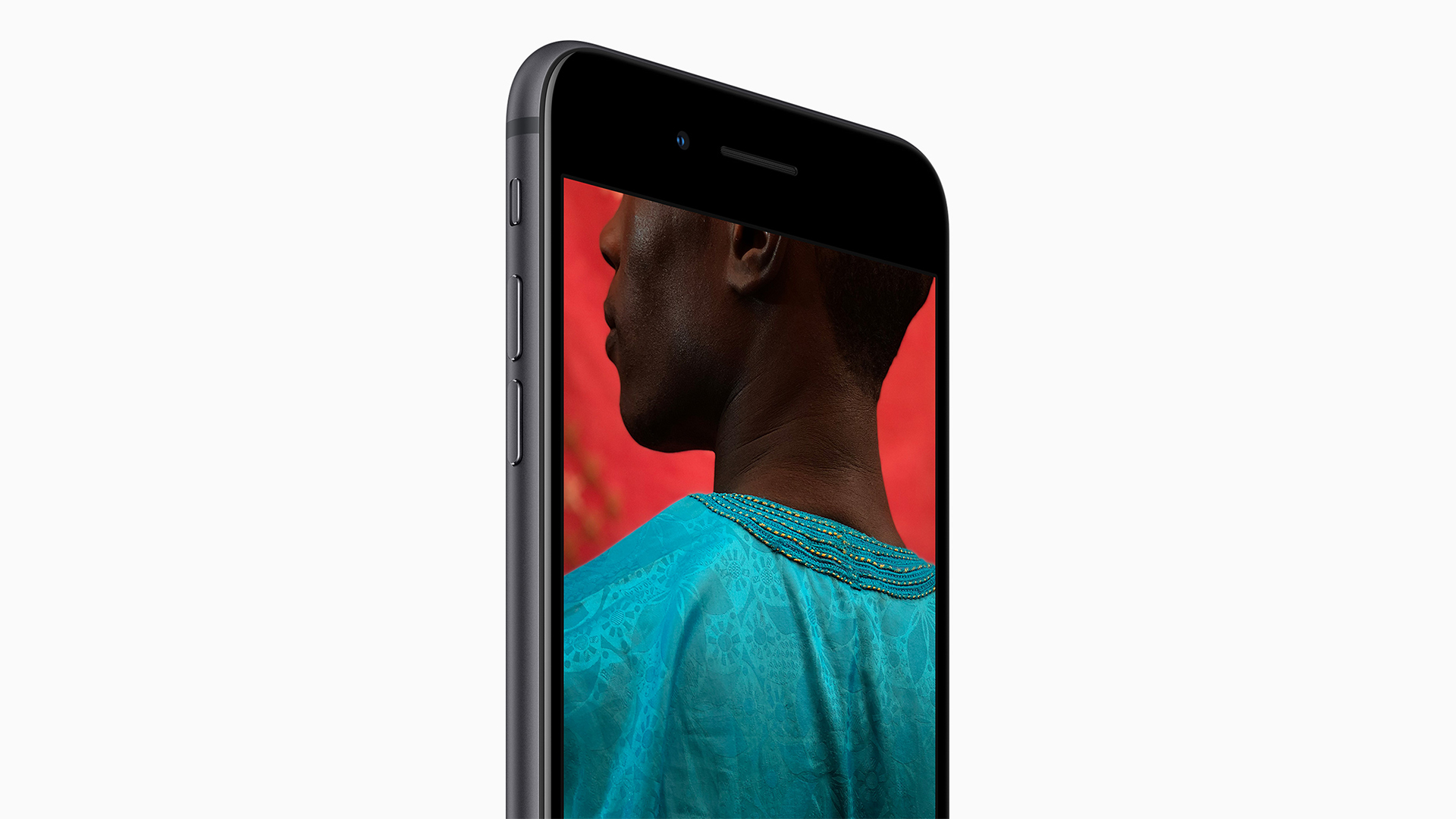
The iPhone 11 just had a price cut, bringing it down to £599 / $599 / AU$999 with 64GB of storage. That may not be enough if you want to have access to large libraries of files on it directly, but you can step up to 128GB for £649 / $649 / AU$1079 or 256GB for £749 / $749 / AU$1249.
The iPhone 8 Plus is no longer sold new by Apple, so while it's occasionally possible to find a new models sold through a phone retailer, you'll mostly be looking at pre-owned or refurbished models. The iPhone 8 Plus was available in 64GB or 256GB, and you should be looking at around half the price of iPhone for one in a good condition.
The downside, of course, is that this won't necessarily come with any warranty – some second-hand stores do provide them, but if you buy privately you'll be looking at paying to repair any problems yourself.
iPhone 11 vs iPhone 8 Plus: Which should you buy?
When it comes to the screen, there are tempting reasons to choose the iPhone 8 Plus – it might be a little smaller, but its sharper and perfect for video, and otherwise there's little quality difference.
However in every other way, the iPhone 11 is its superior. From the extra screen size to the quality of the camera to the battery life to the future-proofing of the processor, it's a wiser investment. Especially when you take into account that you get Apple's global warranty when buying the iPhone 11 new. You can learn more about the iPhone 8.
See today's best deals on both iPhones below.
Read more:
- iPhone 11 vs iPhone 11 Pro: Which is for you?
- iPhone 11 Pro review
- Apple Pencil vs Apple Pencil 2: Which should you buy?
Matt has been testing technology for over a decade, working in specialist Apple publications as well general technology and creative journalism. By day, you can find him covering TV, audio, smart home gear and more at T3.com, as Home Tech Editor. By night, he's probably updating or pairing or installing some new piece of technology in the quest for the perfect setup.
Related articles
How To Get Animoji On Iphone 7
Source: https://www.creativebloq.com/features/iphone-11-vs-iphone-8-plus
Posted by: allenclas1974.blogspot.com

0 Response to "How To Get Animoji On Iphone 7"
Post a Comment